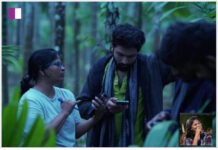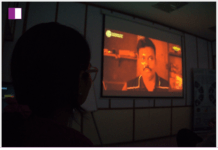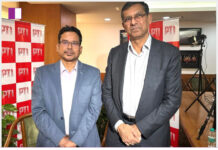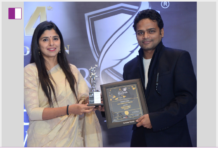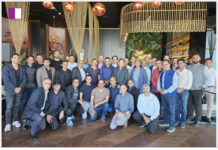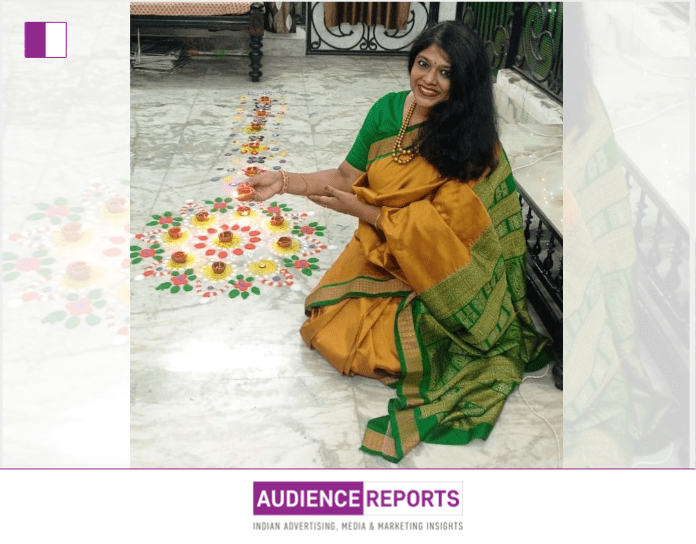Madhumita Mohanty, a retail expert, recently shared an insightful post on LinkedIn that delves into the transformative power of marketing in reshaping cultural behaviors, particularly within India’s jewelry sector. Her observations highlight how organized retail has not only capitalized on existing traditions but has also significantly altered consumer behaviors and expectations.
In her post, Madhumita Mohanty reflected on her experiences growing up in Odisha, where the practice of purchasing gold during significant festivals like Akshaya Tritiya and Dhanteras was not widespread. This lack of engagement stands in stark contrast to today’s bustling scenes outside jewelry stores during these occasions. The shift in consumer behavior can be attributed to a clever orchestration of marketing strategies, and Madhumita Mohanty is keen to share the mechanisms behind this transformation.
The first factor that Madhumita Mohanty identifies is strategic festival marketing. National jewelry chains have effectively turned traditional festival dates into shopping festivals. By creating a sense of urgency through limited-time offers, they have successfully encouraged consumers to engage in the purchasing process. This strategic move has not only increased sales but has also standardized the buying experience across different regions, making it accessible and appealing to a broader audience.
Next, Madhumita Mohanty points to the media saturation strategy that has played a critical role in shaping consumer behavior. The aggressive advertising campaigns on television, coupled with full-page spreads in newspapers and strategic outdoor advertising in high-traffic areas, have ensured that the narrative of “auspicious buying” is consistently reinforced. This relentless exposure has made it impossible for consumers to ignore the cultural significance now associated with purchasing jewelry during these festivals.
Moreover, Madhumita Mohanty emphasizes the importance of emotional marketing tactics. By repositioning gold from merely being an investment to a symbol of love and connection, marketers have successfully linked traditional values with modern retail experiences. The notion that “carats are the new currency of caring” plays on the emotional desires of consumers, making them more likely to purchase gold as a means of expressing affection and commitment. Furthermore, the creation of FOMO (fear of missing out) around festival purchases has added another layer of urgency and desire, compelling consumers to act.
Madhumita Mohanty notes that while these festivals have deep-rooted religious significance, it is organized retail that has transformed them into national phenomena. Her time with Reliance Jewels allowed her to witness firsthand the impact of these marketing strategies and the dramatic swing in sales that can accompany them. This transformation illustrates a vital key business lesson that she wants to impart: the success of these initiatives shows how businesses can scale traditional practices by building upon existing cultural foundations, creating standardized experiences, leveraging multi-channel marketing, and adding emotional resonance to otherwise rational purchases.
This insight brings forth a powerful understanding of consumer behavior in the context of modern retail. Madhumita Mohanty’s observations challenge businesses to rethink how they can engage with cultural practices, encouraging them to explore innovative ways to connect with their target audience. By leveraging cultural touchpoints and integrating them into the shopping experience, companies can foster a deeper connection with consumers, leading to increased loyalty and engagement.
Furthermore, Madhumita Mohanty’s post raises an important question for all of us: have we noticed how other traditional practices have been transformed by modern retail? The influence of marketing strategies on cultural behaviors is a phenomenon that extends beyond the jewelry sector, touching various industries and consumer practices.
As Madhumita Mohanty encourages engagement with her audience, she invites them to share their thoughts and experiences regarding the intersection of tradition and modern retail. This conversation is crucial for understanding how cultural behaviors evolve and how businesses can adapt to meet the changing needs and desires of consumers.
In conclusion, Madhumita Mohanty’s exploration of marketing’s role in reshaping cultural behaviors within India’s jewelry sector provides valuable insights for businesses seeking to innovate and grow. By understanding the power of strategic festival marketing, media saturation, and emotional resonance, companies can create meaningful connections with their customers.
As we reflect on Madhumita Mohanty’s observations, it is clear that the journey of transforming traditional practices into vibrant market opportunities is an ongoing one. Retail experts like Madhumita Mohanty serve as vital guides in this landscape, reminding us that the art of marketing extends far beyond mere transactions; it is about creating experiences that resonate with the cultural and emotional fabric of society.
With this knowledge, businesses can not only thrive in the competitive retail environment but also contribute positively to the evolution of cultural practices, ensuring that traditions continue to hold relevance in a modern context. As we approach festive seasons like Dhanteras and Diwali, it’s a poignant reminder of how marketing can lead to both economic growth and cultural celebration.

